By Manisha Sahu , America News World
October 20, 2025
Russian forces launched a series of overnight attacks on Ukraine’s transportation infrastructure that have inflicted significant damage to port facilities and railway links, according to Oleksii Kuleba, Deputy Prime Minister for Reconstruction and Minister for Communities and Territories Development. The strikes, he says, are part of a deliberate campaign to sever “the arteries that connect the country, support the economy and sustain life.”

In statements posted to his Telegram channel early Monday, Kuleba said that port infrastructure was hit and that train connections to some ports were disrupted. He noted that railway infrastructure in the northern Chernihiv region (Chernihiv Oblast) was also damaged in the attack.
According to his post, a traction substation belonging to the national rail operator Ukrzaliznytsia in the Chernihiv region was directly struck. Engineers were working through the night to restore power, and backup diesel locomotives were brought in to maintain train traffic. Fortunately, Kuleba added, no casualties were reported because staff had been moved to safety when a drone targeted the site of the restoration work.
Also read:- Trump calls Russia–US tunnel plan ‘interesting’; Zelenskyy wary
Meanwhile the port attack apparently damaged “individual facilities and premises” in the network of Ukraine’s maritime transport hubs, Kuleba said, and fires that broke out were promptly contained. However, he warned that “a number of ports do not accept trains” at present — the rail links that feed the ports have been disrupted.
A strategic assault on lifelines
Ukraine’s rail network plays a critical role in the country’s economy, not only for civilian traffic but for freight and export flows. A recent review of infrastructure damage noted that Russia has significantly upped its targeting of railways since mid-2025, using drones and missiles to strike stations, depots and power supply components. Analysts say the aims are to degrade Ukraine’s ability to move goods, supplies and people, especially ahead of winter.
In particular, Ukrainian officials say that since August alone there have been more than 300 attacks on railway infrastructure, equating to around ten per week. “Locomotives are particularly vulnerable,” one Ukrainian drone/recovery expert told a news outlet, noting that attacks are increasingly precise thanks to drones fitted with live-video and 2-way modems.
Ports at the same time are key for Ukraine’s export economy—grain, industrial metals and other goods transit from inland rail lines to sea lanes. Disabling rail-to-port links thus strikes at both domestic mobility and export revenue. The strikes come at a time when Ukraine is under pressure to maintain these lifelines through a harsh winter season.
Kuleba’s remarks underscore that the current assaulted infrastructure—“transport arteries” as he put it—is not just about military logistics but about civilian life, economy, and national functioning. “Russia is deliberately targeting our transport arteries … the things that connect the country, support the economy and sustain life,” he wrote.
Operational impact & response
While the full extent of damage remains under assessment, some details are clear. In the Chernihiv intrusion, trains continued to run albeit on backup diesel locomotives while power was restored. Kuleba said engineers moved quickly and the rail operator activated reserve systems.
In the ports, while fires were “promptly localized”, a number of train departures to ports are suspended until the damage is repaired, posing a cascading impact on freight and export operations. Kuleba did not name which ports were affected.
Ukraine’s transport ministry and rail operator are now working to assess damage, prioritise repair of critical linkages (power substations, sidings to port terminals, affected track segments) and coordinate with international partners on resilience. The government also emphasised that despite damage, “the system works” and restoration is ongoing.
Broader context of Ukraine war logistics
This latest attack fits into a broader pattern of Russian efforts to degrade Ukraine’s infrastructure. Earlier this month, a drone strike on a rail station in the city of Shostka in Sumy Oblast killed one man and wounded dozens; the assault hit two passenger trains in quick succession including a “double-tap” strike during evacuation efforts.
Ukraine officials view these strikes as part of a “doctrine of cruelty” aimed at pushing the country toward chaos, especially with winter approaching, when heating, mobility and freight become more critical. In turn, Ukraine is appealing for stronger air-defence systems, infrastructure repair aid and logistic support from partners.
In the immediate term, Ukraine faces the challenge of restoring port-rail connectivity quickly, particularly if export flows are to be maintained and supply lines to the front and to civilian centres remain open. Delays or disruptions could have knock-on effects: slower export revenues, reduced internal freight circulation, longer transport times and higher costs for businesses and consumers alike.
From a strategic standpoint, the attack signals that the transport network remains a target of high importance for Russia. It may prompt Ukraine to further decentralise or diversify its logistics routes, strengthen its protective measures for key infrastructure hubs, and accelerate repair and redundancy efforts.
On the global side, disruptions to Ukraine’s port and rail system also carry implications for grain exports and global food supply chains—Ukraine remains a major exporter of agricultural commodities and any bottleneck created by damaged transport links could ripple outwards.
The overnight Russian attacks, as described by Deputy Prime Minister Oleksii Kuleba, represent a sharp escalation in targeting of Ukraine’s transport and logistics infrastructure. By striking port links, rail substations and key junctions, the Kremlin appears intent on undermining Ukraine’s economy, mobility and resilience. While Ukrainian authorities say they are working to restore operations and maintain transport flows, the impact—both immediate and potentially cascading—is serious and will require sustained attention and international support.
As winter advances and Ukraine braces for further infrastructure pressure, the ability of Kyiv to repair, adapt and protect its transport-logistics lifelines may prove crucial not only for its wartime resilience, but for its broader economic and human-security stability.
Discover more from AMERICA NEWS WORLD
Subscribe to get the latest posts sent to your email.
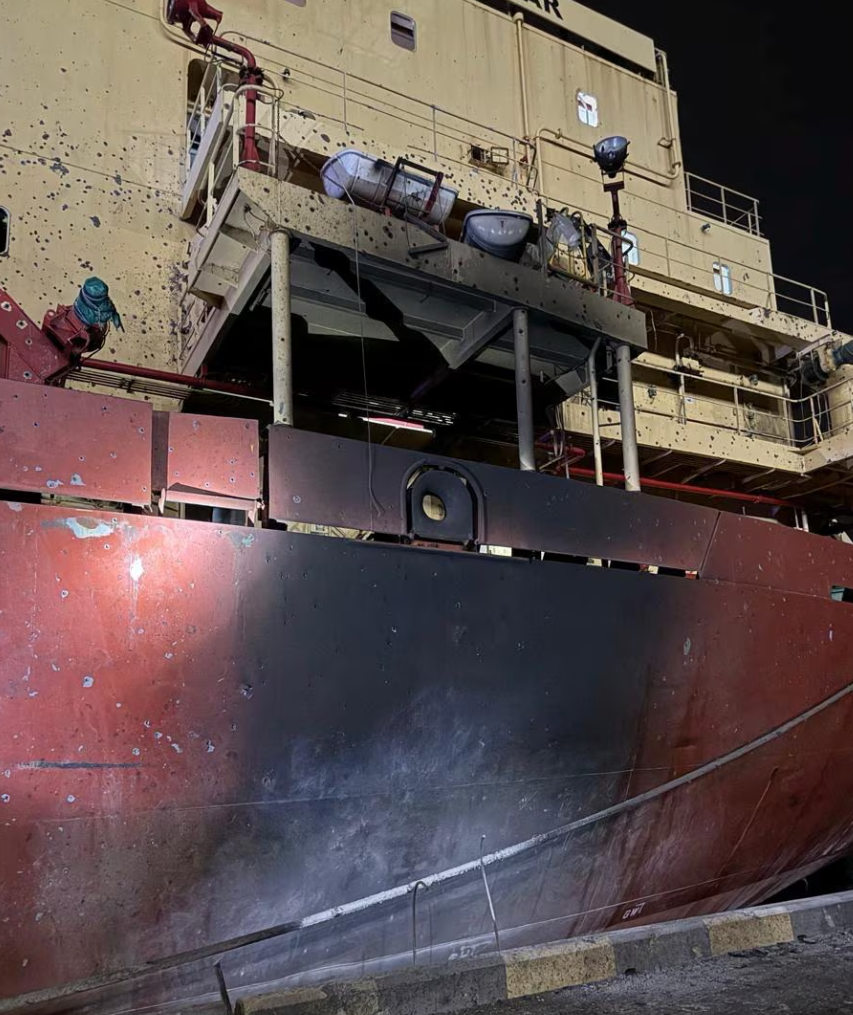



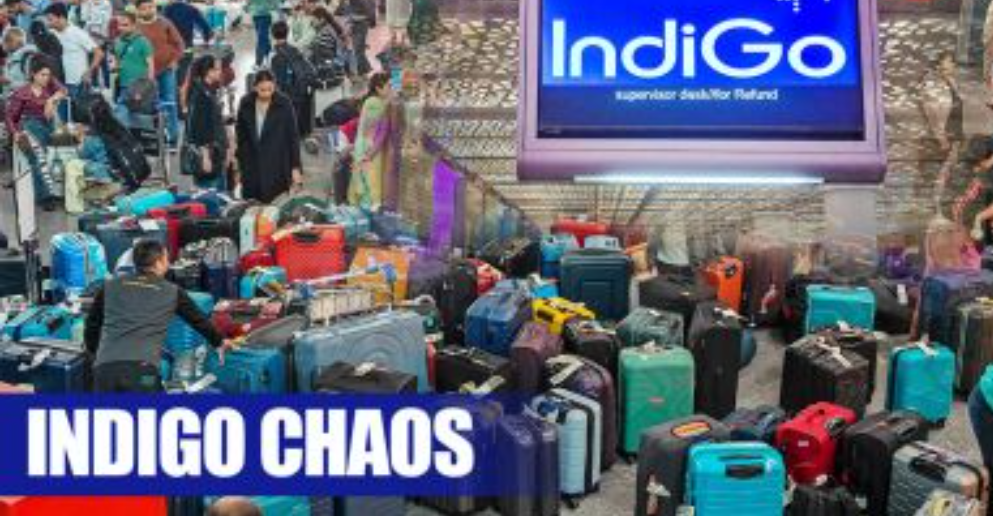
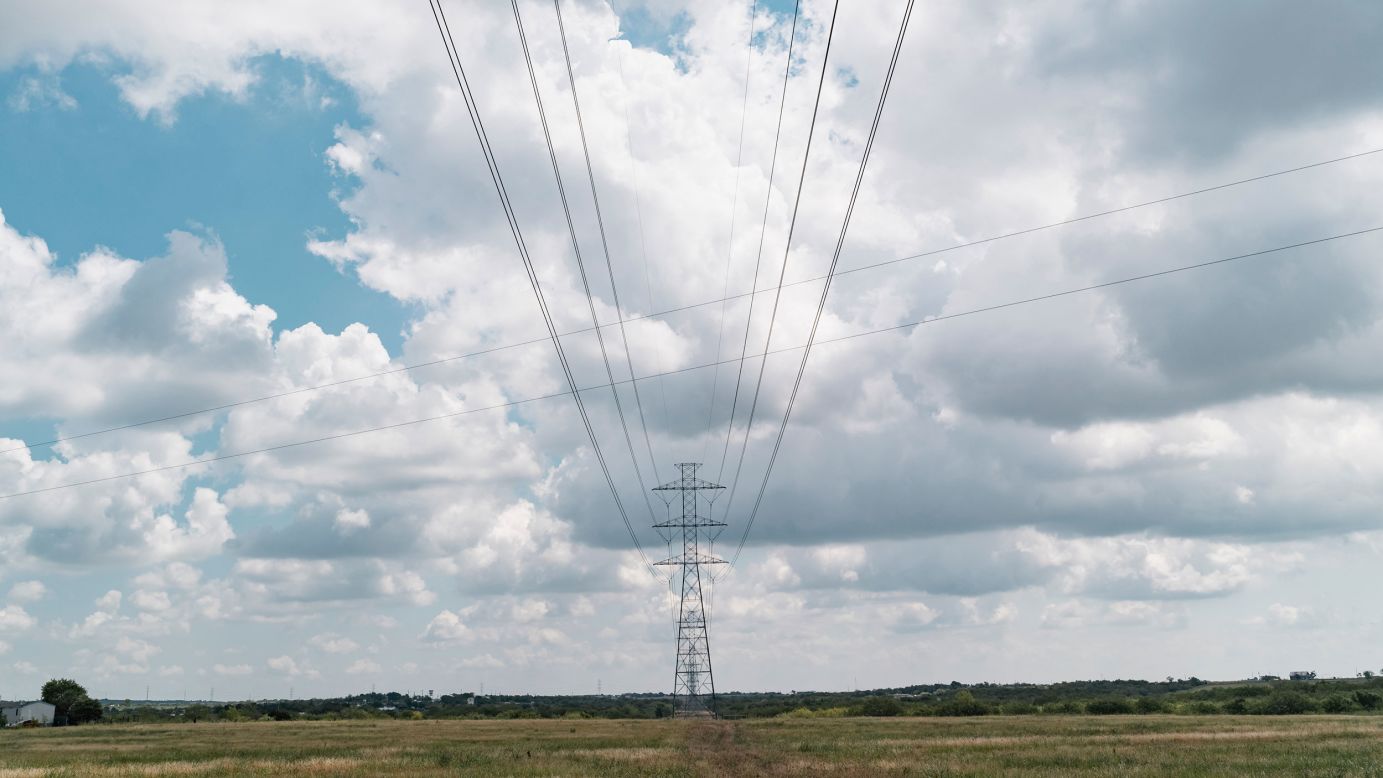


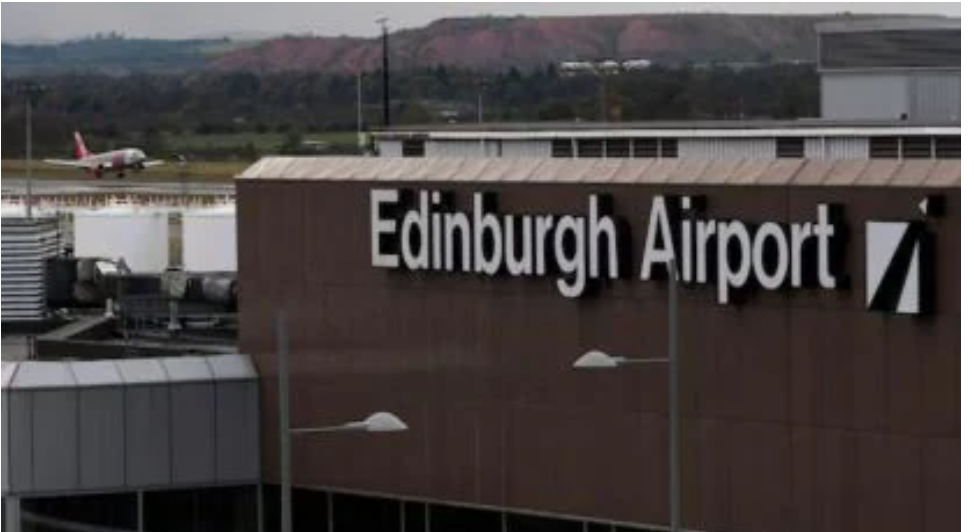









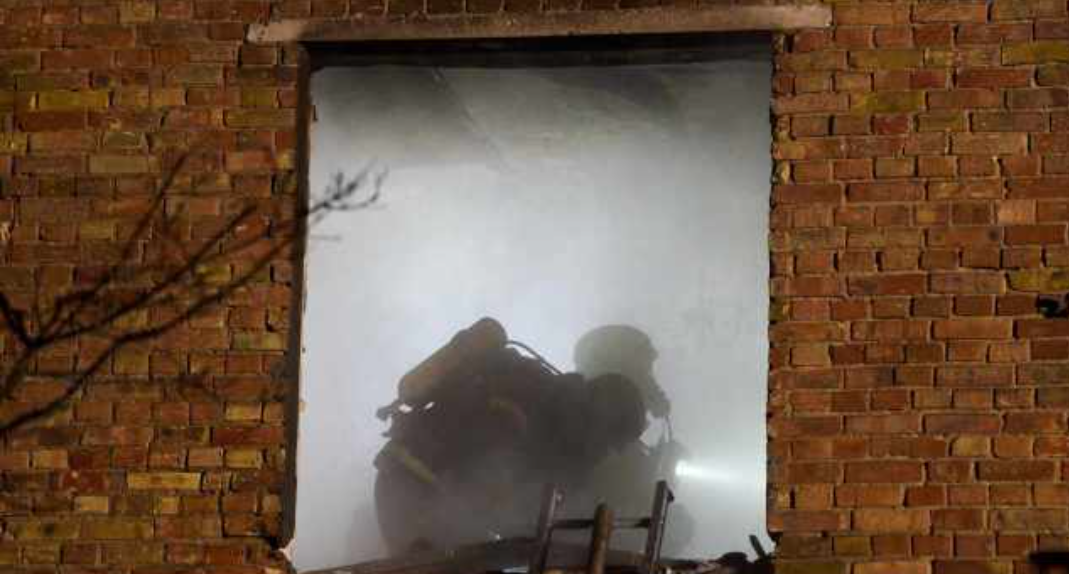













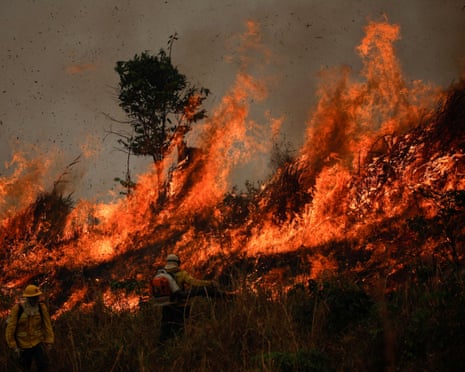
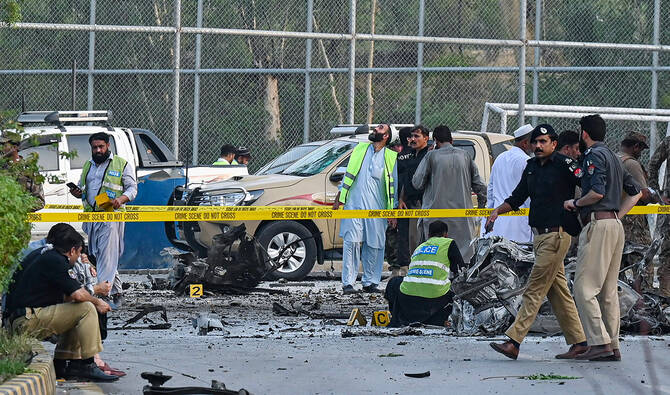


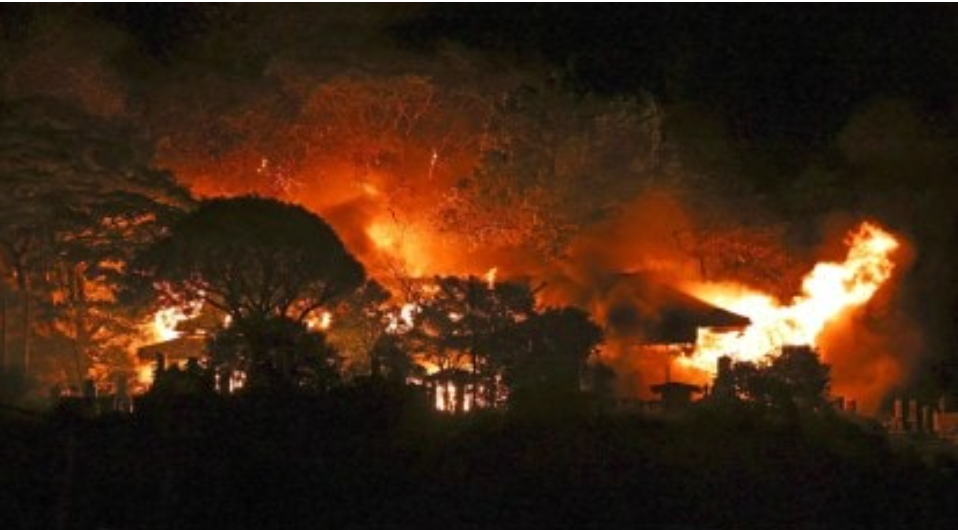




Leave a Reply